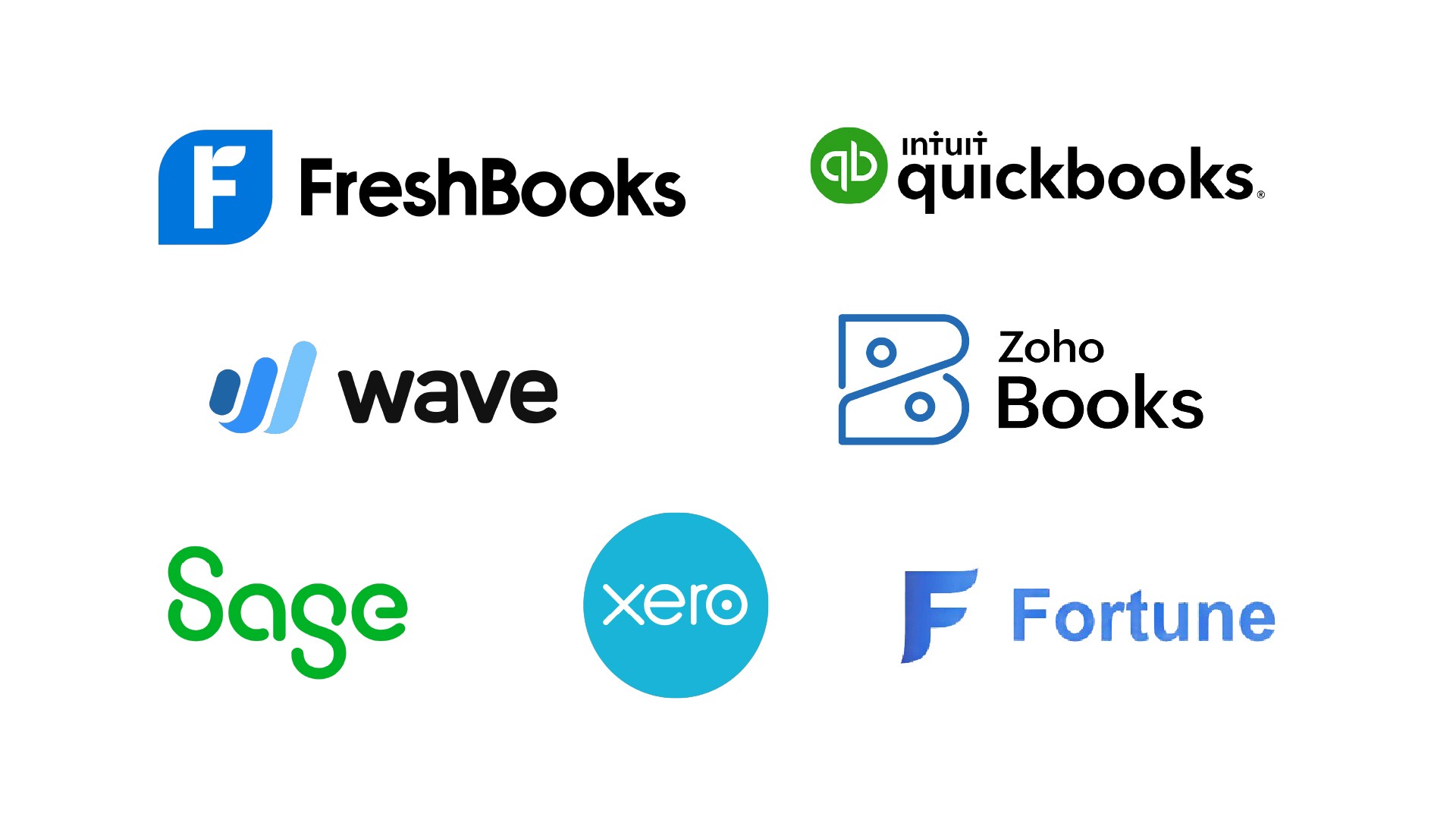
Back to Blog
Share Post:

Accounting
May 16, 2024
Migration and Implementation of Accounting Software
Migration in accounting refers to the process of shifting from one accounting software or system to another. It involves transferring all your financial data, records, and processes from the old system to the new one. This transition is more than just a technical move; it impacts your entire financial management and reporting.
In today's rapidly evolving business landscape, staying ahead often means upgrading your tools and processes. For many companies, this includes migrating to new accounting software. But what does migration in accounting entail? When is the right time to change your accounting software? How can you smoothly transition from one accounting software to another?
In this article, we will delve into the concept of migration in accounting, discussing the reasons behind such transitions, the steps involved in migrating, and the pros and cons of making the change. Whether you're contemplating a shift in your accounting software or simply curious about the process, you'll find valuable insights here.
What is Migration in Accounting?
Migration in accounting refers to the process of transitioning from one accounting software or system to another. This move involves transferring all financial data, records, and processes from the old system to the new one. It's not just a technical shift but a significant change that affects your entire financial management and reporting.
In simpler terms, it's like moving your entire financial history and operations from one house to another. The old house represents your current accounting software, while the new one is the upgraded system. This transition ensures that your financial data is up to date, more efficient, and aligned with your business's changing needs.
Imagine your old house had outdated appliances and limited space, making daily tasks challenging. The new house offers modern amenities, making your life easier and more comfortable. Similarly, migrating to new accounting software can streamline your financial processes, improve efficiency, and provide better insights into your company's financial health.
When Should You Change Your Accounting Software?
Changing your accounting software is a significant decision for any business. It's essential to know when the right time is to make this change. Here are some clear indicators that suggest it might be time to switch to a new accounting software:
Outdated Technology: If your current accounting software feels like it's stuck in the past, lacking modern features and capabilities, it's a sign that you need an upgrade. Outdated software can hold your business back from efficiency and growth. Newer accounting systems often come with real-time reporting, automation, and cloud-based accessibility, which can greatly benefit your operations.
Scalability Issues: As your business grows, so do your accounting needs. If you find that your existing software struggles to handle the increased volume of transactions, data, and users, it's a clear signal that you need a more robust solution. Scalability is crucial to ensure that your accounting software can keep up with your expanding business.
Compliance and Regulatory Changes: Accounting regulations and tax laws are subject to frequent changes. If your current software is unable to adapt to these new requirements seamlessly, it can lead to compliance issues and errors in financial reporting. Up-to-date accounting software ensures that you stay compliant with the latest regulations, reducing legal risks.
Inefficient Processes: Spending excessive time on manual data entry, reconciliation, or generating reports is a red flag. If your accounting software isn't streamlining these processes, you're wasting valuable time and resources. Efficient software automates these tasks, allowing you to focus on more strategic aspects of your business.
Integration Needs: In today's interconnected business environment, integration is key. If your accounting software doesn't integrate well with other business tools or systems you use, it can lead to disjointed operations. Seamless integration can improve overall efficiency and data accuracy.
Now that you've identified the need for a change, let's explore how you can successfully migrate from one accounting software to another.
How Can You Migrate from One Accounting Software to Another?
Migrating from one accounting software to another can be a complex process, but with careful planning and execution, it can be done smoothly. Here are the key steps to guide you through the migration process:
Assess Your Current System
Begin by conducting a thorough assessment of your current accounting system. Document all the processes, workflows, and data sources you currently use. This step will help you identify what needs to be migrated and any customization required for the new software.
Choose the Right Accounting Software
Selecting the right accounting software for your business is crucial. Consider factors such as the features you need, scalability, ease of use, and integration capabilities. It's also essential to check for user reviews and get recommendations from peers in your industry.
Data Preparation
Prepare your data for migration. This includes cleaning up your existing data, ensuring accuracy, and converting it into a format compatible with the new software.
Test the New System
Before fully transitioning, conduct thorough testing of the new accounting software. Ensure that all data has been migrated correctly and that the software functions as expected.
Training and Transition
Train your team on how to use the new accounting software. It's crucial to ensure that everyone understands the new system to avoid disruptions in your business operations.
Now that we've covered the steps involved in migrating to a new accounting system, let's explore How can you implement accounting software.
How Can You Implement Accounting Software?
Implementing accounting software is a crucial step in modernizing your financial management. It's not just about choosing the right software; it's about how you put it to use in your business effectively. Here's a step-by-step guide on how you can implement accounting software:
Plan Your Implementation: Start by creating a clear plan for your software implementation. Define your goals, objectives, and the specific features you want to utilize. Consider how the software will integrate with your existing systems and processes.
Select the Right Software: Choose accounting software that aligns with your business needs. Ensure it offers the features required for your financial management, such as general ledger, accounts payable, accounts receivable, and reporting. User-friendliness is also essential for ease of adoption.
Data Migration: If you are transitioning from an old system, you'll need to migrate your existing financial data to the new software. This process involves transferring all your financial records, transactions, and historical data accurately.
Customization and Configuration: Customize the software to match your business's specific requirements. This may involve setting up a chart of accounts, defining financial reporting structures, and configuring user permissions.
Training and Education: Provide comprehensive training to your team members who will be using the software. Ensure they understand how to navigate the system, input data, and generate reports. Training is crucial for a smooth transition and efficient use of the software.
Pros and Cons of Changing Accounting Software
Pros:
Improved Efficiency: One of the most significant benefits of upgrading your accounting software is improved efficiency. Modern accounting software is designed to automate various financial tasks, reducing the need for manual data entry and calculations. This automation not only saves time but also minimizes the risk of errors.
Enhanced Reporting: New accounting software often comes with advanced reporting and analytics capabilities. You can generate detailed financial reports with ease, providing you with valuable insights into your company's financial performance. These insights can help you make informed decisions, identify trends, and plan for the future effectively.
Scalability: Scalability is crucial for growing businesses. Up-to-date accounting software can grow with your company, accommodating increasing volumes of transactions and data. You won't have to worry about outgrowing your software, ensuring that your financial management remains seamless even as your business expands.
Compliance: Staying compliant with accounting regulations and tax laws is non-negotiable for any business. Newer accounting software is designed to adapt to changing compliance requirements effortlessly. It can help you stay on the right side of the law and reduce the risk of compliance-related issues or penalties.
Cons:
While there are clear advantages to changing your accounting software, it's essential to be aware of the potential drawbacks and challenges. Let's explore the cons of making this significant change:
Cost and Investment: Implementing new accounting software can come with a cost. This includes licensing fees for the software itself, as well as expenses related to data migration, training, and potential customization. These upfront investments can put a strain on your budget, and it's crucial to assess whether the long-term benefits outweigh the initial costs.
Learning Curve: Transitioning to a new accounting software may require your team to adapt to a different interface and workflow. This learning curve can temporarily impact productivity as employees become familiar with the new system. It's essential to allocate time for training and provide support during this adjustment period.
Data Migration Challenges: Ensuring a smooth data migration from your old system to the new one can be complex. Any errors or discrepancies during this process can have significant consequences for your financial records. It's essential to plan meticulously and conduct thorough testing to minimize the risk of data migration issues.
Integration Issues: If your new accounting software doesn't integrate seamlessly with other systems or software your business relies on, it can lead to integration challenges. Disruptions in data flow between different tools can hinder overall business operations. Ensuring compatibility and smooth integration is crucial.
Customization Limitations: Some accounting software may have limitations when it comes to customization. If your business has unique needs or specific reporting requirements, you may find that the software's built-in features do not fully cater to your requirements. This limitation could necessitate additional workarounds or customizations.
Bottom Line
Migrating to a new accounting software system is a significant decision that can yield numerous benefits but also comes with challenges. By carefully assessing your needs, choosing the right software, and following a structured migration plan, you can successfully modernize your accounting systems and streamline your financial processes. This change can ultimately lead to more efficient operations and better financial management for your business.
FAQs
What is predictive analytics of cash flow?
Predictive analytics of cash flow involves using historical financial data and statistical models to forecast future cash flows, helping businesses make informed financial decisions.
How do you predict cash flow?
Cash flow prediction involves analyzing historical financial data, considering factors like sales, expenses, and receivables, and using statistical models or software to estimate future cash inflows and outflows.
How do you manage cash flow analysis?
Managing cash flow analysis involves regularly monitoring and assessing your company's cash inflows and outflows. This includes tracking expenses, budgeting, and using tools or software to gain insights into your cash position.
How do you use predictive analytics in finance?
Predictive analytics in finance involves using data-driven models and algorithms to make predictions about financial trends, market behavior, risk assessment, and investment decisions. It helps finance professionals make more informed and strategic choices.
Share Post:




